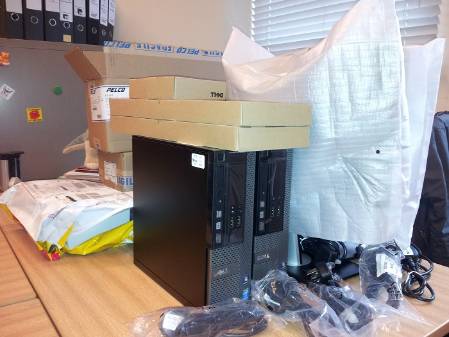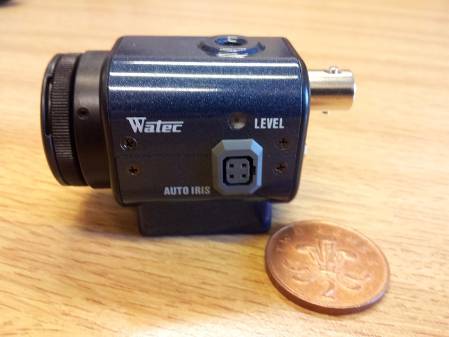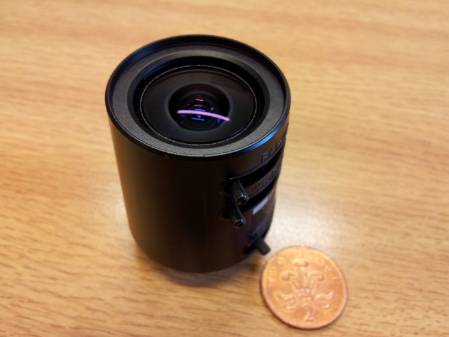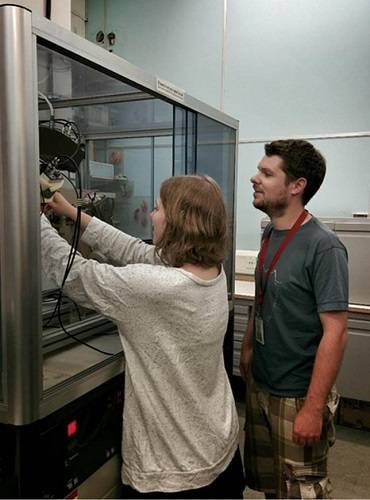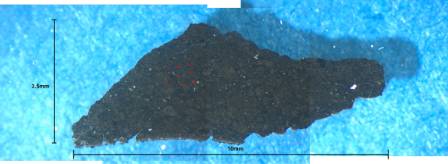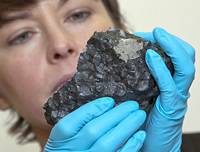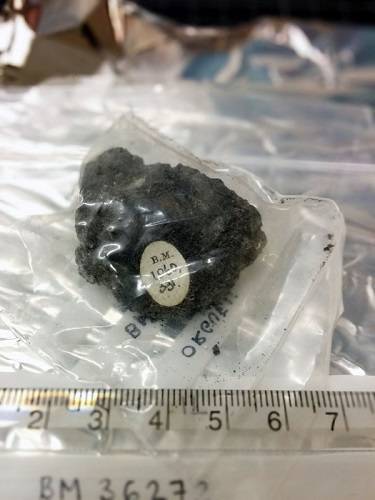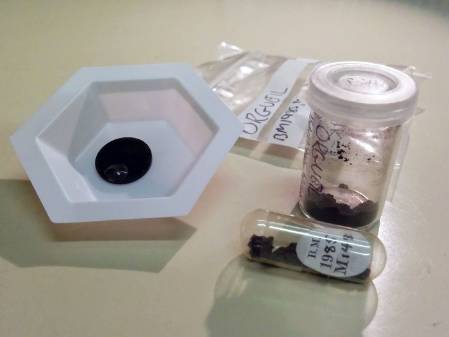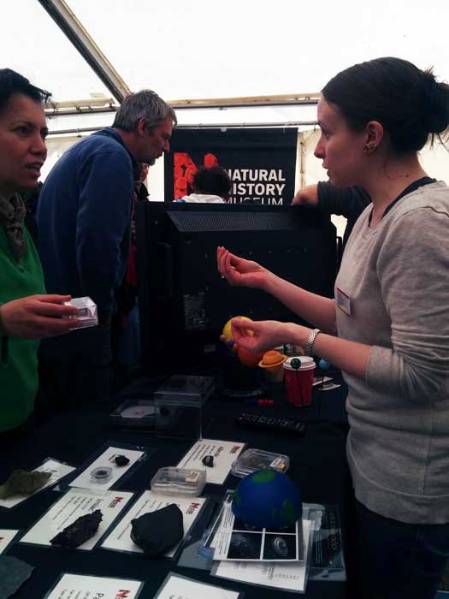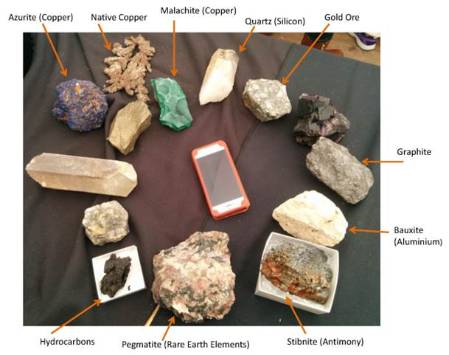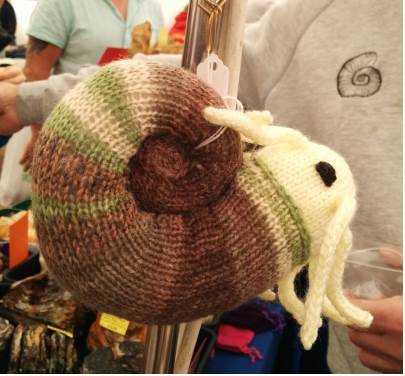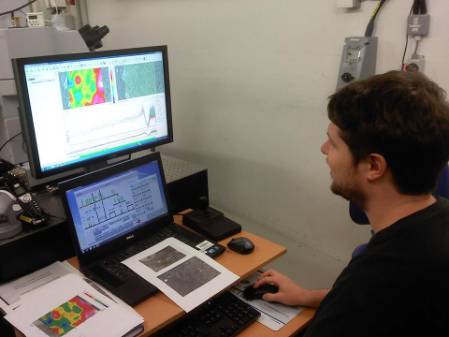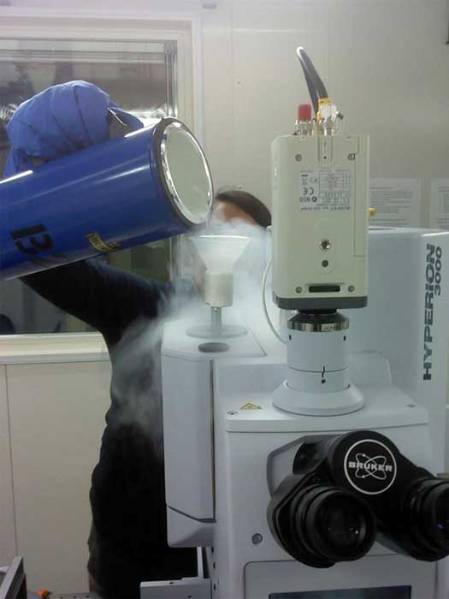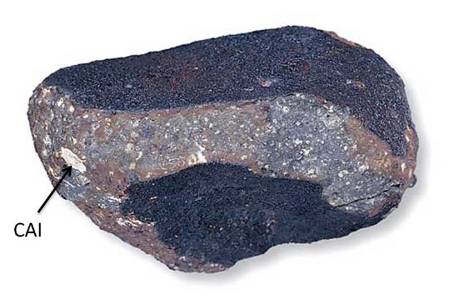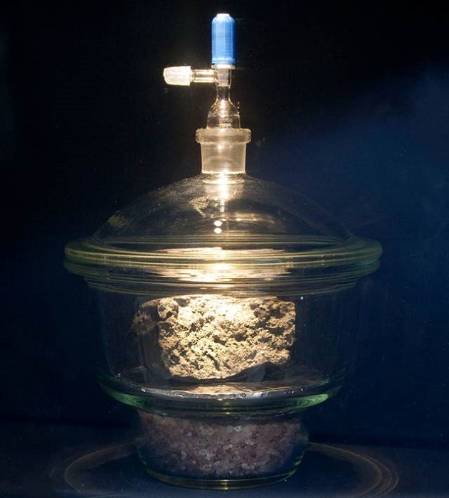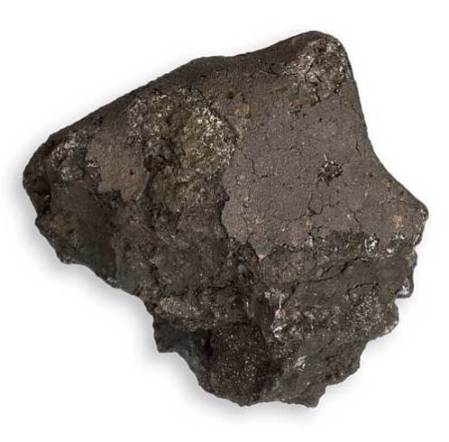Some meteorites, called CI chondrites, contain quite a lot of water; more than 15% of their total weight. Scientists have suggested that impacts by meteorites like these could have delivered water to the early Earth. The water in CI chondrites is locked up in minerals produced by aqueous alteration processes on the meteorite’s parent asteroid, billions of years ago. It has been very hard to study these minerals due to their small size, but new work carried out by the Meteorite Group at the Natural History Museum has been able to quantify the abundance of these minerals.
The minerals produced by aqueous alteration (including phyllosilicates, carbonates, sulphides and oxides) are typically less than one micron in size (the width of a human hair is around 100 microns!). They are very important, despite their small size, because they are major carriers of water in meteorites. We need to know how much of a meteorite is made of these minerals in order to fully understand fundamental things such as the physical and chemical conditions of aqueous alteration, and what the original starting mineralogy of asteroids was like.
A CI chondrite being analysed by XRD. For analysis a small chip of a meteorite is powdered before being packed into a sample holder. In the image, the meteorite sample is the slightly grey region within the black sample holder. The X-rays come in from the tube at the right hand side.
The grains in CI chondrites are too small to examine using an optical or electron microscope so we used a technique known as X-ray diffraction (XRD). XRD is a great tool for identifying minerals and determining their abundance in a meteorite sample. We found that the CI chondrites Alais, Orgueil and Ivuna each contain more than 80% phyllosilicates, suggesting that nearly all of the original material in the rock had been transformed by water.
As part of the study we also analysed some unusual CI-like chondrites (Y-82162 and Y-980115) that were found in Antarctica. These meteorites have similar characteristics to the CI chondrites we studied, but also experienced a period of thermal metamorphism (heating) after the aqueous alteration. We found that the phyllosilicates had lost most of their water and had even started to recrystallize back into olivine, a process that requires temperatures above 500°C! The CI-like chondrites are probably from the surface of an asteroid that was heated by a combination of impacts with other asteroids, and radiation from the Sun; however, whether the CI and CI-like chondrites come from the same parent body, remains an open question.
XRD patterns from the CI chondrites Alais, Orgueil and Ivuna. X-rays diffracted from atoms in the minerals are recorded as diffraction peaks. Different minerals produce characteristic diffraction patterns allowing us to identify what phases are in the meteorites. In this work we also used the intensity of the diffraction peaks to determine how much of each mineral is present.
This research has been published in the journal Geochimica et Cosmochimica Acta and can be accessed here.
King AJ, Schofield PF, Howard KT, Russell SS (2015) Modal mineralogy of CI and CI-like chondrites by X-ray diffraction, Geochimica et Cosmochimica Acta, 165:148-160.
It was funded by the Science and Technology Facilities Council (STFC) and NASA.




